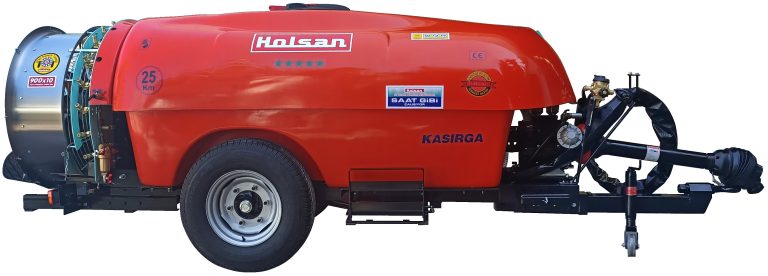Spray coverage is crucial in agriculture to ensure that pesticides, herbicides, and fertilizers are applied uniformly across crops, maximizing their effectiveness while minimizing waste. Pull behind sprayer models are popular for their versatility and ease of use on medium to large farms.
Pull behind sprayer models are designed to be towed behind a tractor, making them ideal for covering large areas quickly and effectively. They come in various sizes and configurations, typically with a tank for holding chemicals, a pump for spraying, a boom for distributing the spray, and nozzles for applying the chemicals.
Key Components of Pull Behind Sprayer Models:
Tank: Holds the chemical solution to be sprayed.
Pump: Pressurizes the chemical solution for spraying.
Boom: Distributes the spray over a wide area.
Nozzles: Controls the flow and pattern of the spray.
Techniques for Achieving Uniform Spray Coverage
Achieving uniform spray coverage is essential to ensure that all plants receive an adequate amount of chemicals for pest control, disease prevention, or nutrient application. Here are several techniques to optimize spray coverage with pull behind sprayer:
Calibrate Your Sprayer:
Proper calibration ensures that the sprayer is applying the correct amount of chemical per acre. Calibration should be done before each use and whenever switching chemicals or adjusting application rates.
Follow the manufacturer’s recommendations for calibration, adjusting the pressure, flow rate, and nozzle settings accordingly.
Check and Adjust Nozzle Placement:
Nozzle placement is critical for even distribution. Make sure the nozzles are evenly spaced along the boom and positioned at the correct height above the crop.
Adjust the boom height to ensure that the spray pattern covers the crop canopy evenly without missing areas or causing excessive runoff.
Use Correct Nozzle Types:
Different nozzle types produce different spray patterns. Choose the nozzle type that best matches your application needs (e.g., flat fan, hollow cone, or adjustable cone).
Consider factors such as droplet size, spray angle, and flow rate when selecting nozzles to achieve the desired coverage and penetration.
Monitor Ground Speed:
The speed at which you drive the tractor affects spray coverage. Maintain a consistent ground speed within the recommended range for your sprayer to ensure uniform application.
Adjust the tractor speed based on field conditions and the type of crop being sprayed to optimize coverage without over or under applying chemicals.
Overlap Sprays Correctly:
Overlapping sprays ensures that there are no gaps in coverage between passes. Typically, a 10-20% overlap is recommended to ensure even application across the entire field.
Use guidance systems or visual markers to help maintain a straight line and consistent overlap between passes.
Adjust Pressure for Conditions:
Spray pressure affects droplet size and spray pattern. Higher pressure may be needed for dense canopies or tall crops to ensure adequate penetration and coverage.
Lower pressure settings can reduce drift and improve coverage for smaller crops or when spraying in windy conditions.
Account for Wind and Weather Conditions:
Wind can affect spray drift and deposition. Avoid spraying on windy days or adjust nozzle types and spray settings to minimize drift.
Consider weather conditions such as temperature and humidity, which can affect spray effectiveness and application rates.

Tips for Reducing Waste and Improving Efficiency with a Pull Type Sprayer
Efficiency in spray application with a pull type sprayer not only improves crop health but also reduces chemical waste and environmental impact. Here are additional tips to enhance efficiency when using pull type sprayer models:
Clean and Maintain Your Equipment: Regularly clean nozzles, screens, and filters to prevent clogging and ensure consistent spray patterns.
Inspect and Repair Leaks: Check for leaks in hoses, fittings, and tanks, and repair them promptly to prevent chemical waste and contamination.
Store Chemicals Properly: Store chemicals in a secure, well-ventilated area away from sunlight and extreme temperatures to maintain their effectiveness.
Follow Integrated Pest Management (IPM) Practices: Combine sprays with cultural and biological control methods to minimize the need for chemical applications.


